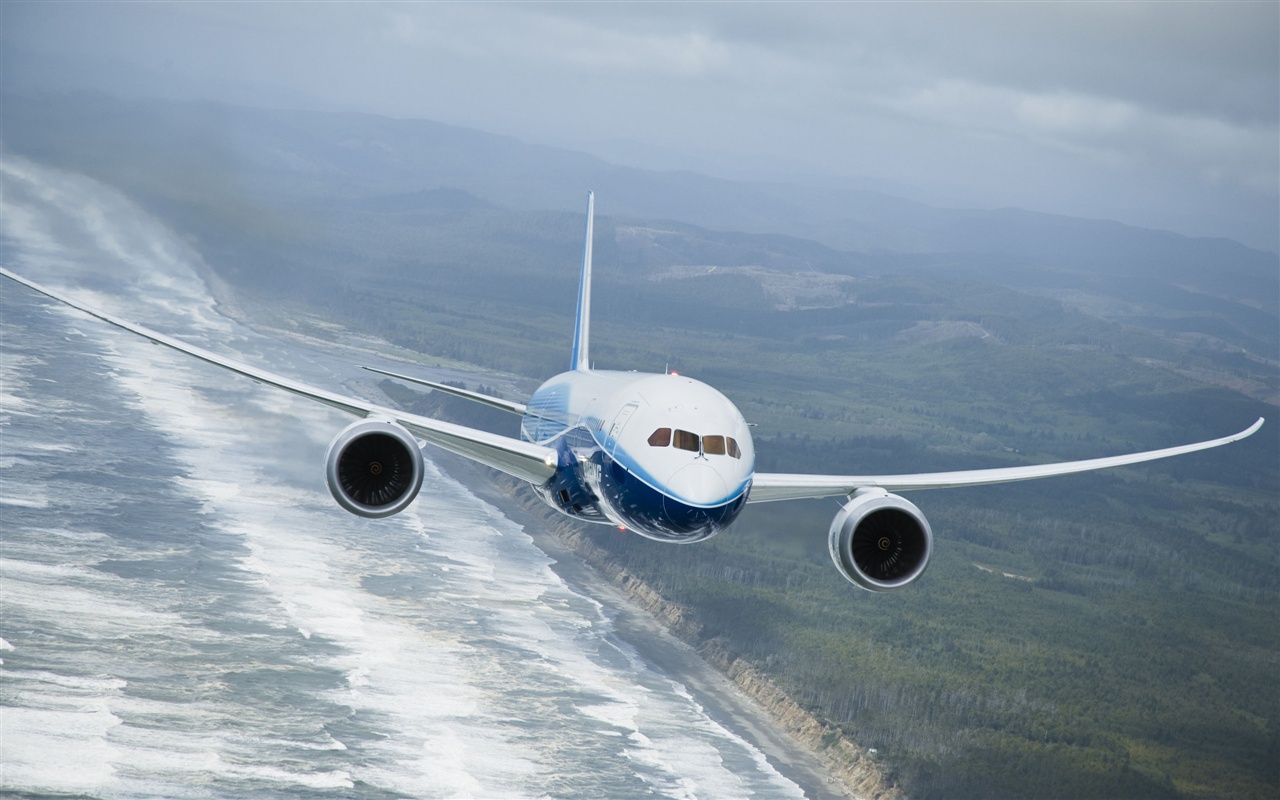The Boeing 787 is a twin-engine long-range widebody aircraft developed in the early 2000s. Packed with new innovations and technology, the aircraft started commercial operations with ANA on October 26th 2011. Boeing chose the name Dreamliner in 2003, which would eventually be a game-changer for many airlines. Enabling routes that weren't possible for aircraft of the same type, the Boeing 787 was a dream come true for many airlines.
On the day of delivery, Scott Fancher, the then vice-president and general manager of the 787 program, while holding his ticket said:
“I’ve been waiting years for this slip of paper. Breathe! Take it all in as you are the first to experience this new standard in aviation.”
Scott Fancher – then vice-president and general manager of the B787 program
The 787 has played a transformational role in how the industry builds and expands networks.
Since entering into service in 2011, the 787 has:
- Enabled more than 320 new direct routes between city pairs
- Carried more than 577 million airline passengers
- Completed more than 2.8 million revenue flights
Birth of the B787 Dreamliner
In the early 2000s, airlines weren't really keen on the Boeing 767 or 747. The demand was inclining more towards fuel efficiency rather than capacity, along with rising demand for point-to-point transit. An aircraft capable of flying long-haul flights and landing in a small airport was needed. Boeing worked on this and developed a brand new aircraft, the Dreamliner.
"The 787 did a remarkable job getting people where they really wanted to go," said Richard Aboulafia, vice president of analysis at Teal Group.
"This jet took them directly to where they wanted to go, which definitely helped stimulate international traffic," Aboulafia added.
In 2004, orders for 50 aircraft were placed by ANA. This new widebody was expected to be 20% more efficient than the Boeing 767. Since components for the Dreamliner were coming from all over the world, Boeing had to modify four 747s into Dreamlifters. These modified jumbo jets would carry large sections of the 787, like wings and fuselage sections, making the whole process significantly quicker.
The final assembly of the first prototype was started in 2007 and was soon rolled out. At this point, the aircraft already had 600+ orders. In December 2009, the aircraft made its median flight; after the flight testing was completed, the first Dreamliner was delivered to ANA.
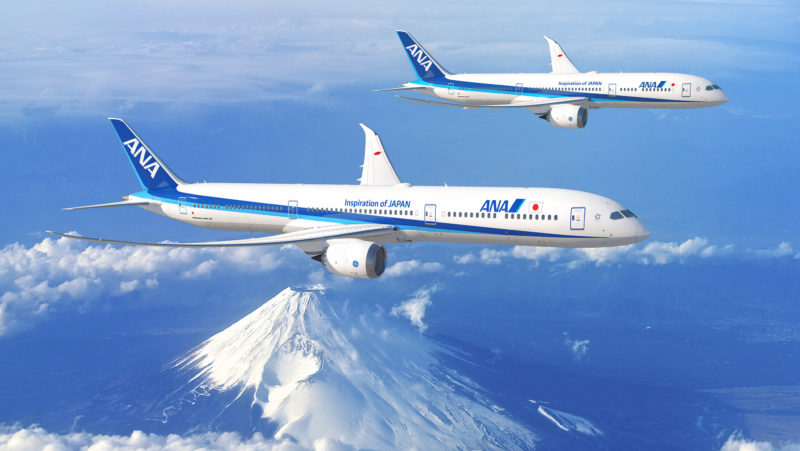
Inside the B787 Dreamliner
The aircraft is around 80% composite, including components like aluminium, titanium and other materials. Some distinct external features, such as a smooth/lowered nose, curved wings, chevrons, etc., make it more fuel-efficient and contrasting. The aircraft uses a fly-by-wire control system.
The Dreamliner has an interpretation of Ethernet (Avionics Full-Duplex Switched Ethernet) which transmits data between the flight deck and aircraft systems. The width of the 787 cabins is 5.5 meters, which is much larger than that of the 767. In fact, it's closer to the 777.
Additionally, the cockpit of the 787 is significantly different from other Boeing aircraft. The classic yoke remained, however. The windows of the 787 are also considered to be one of the largest windows among civilian aircraft. Around 60+ operators fly the Dreamliner, across 1000 plus routes around the globe.
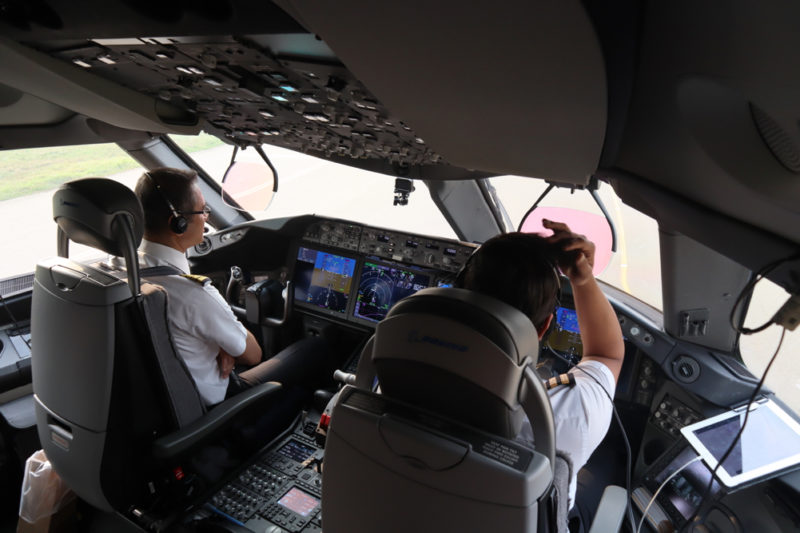
"The 787 set a benchmark. I don't even think we fully realized the scope of how much it would change expectations for commercial aircraft," said Boeing 787 director of product marketing Tom Sanderson. The Dreamliner met all expectations at the time of its launch.
Problems Faced by 787
Although the 787 was never involved in any serious accident that led to the death of people, there were numerous problems. Being a brand new aircraft with new technologies, issues soon followed after its commercial flights started. There were problems with the fuel systems along with electrical failures.
The aircraft had to be sent to maintenance/inspection frequently. There were problems in the tail section and engines as well. In 2013, due to an issue with lithium-ion batteries, a fire broke out. The aircraft, which was flying for ANA, had to perform an emergency landing. A similar incident happened with JAL as well. These incidents led to the grounding of Dreamliner.
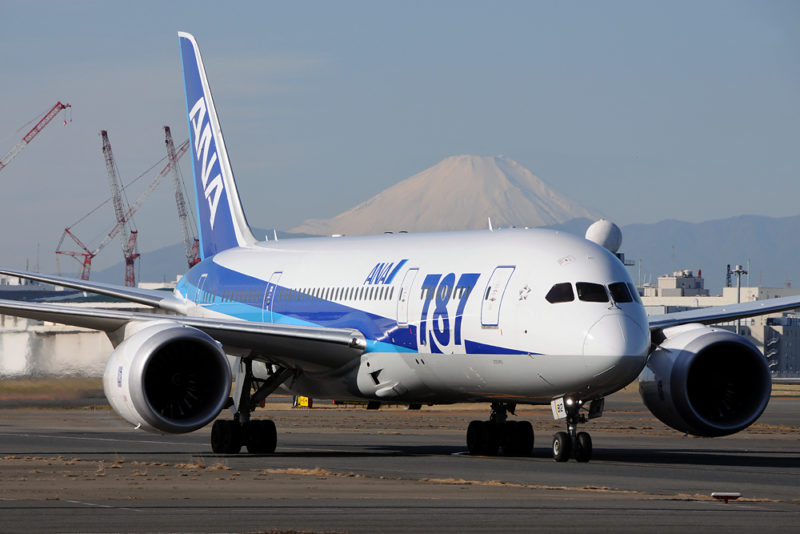
At that time, around 50 Dreamliner were flying worldwide and all of them were consequently grounded. But this was just the beginning. Following this came a lot of other issues and groundings, which affected deliveries as well. To cope with the situation compounded by COVID-19, Boeing ultimately had to reduce the rate of production as well.
In 2020, Boeing reduced 787 production to five airplanes per month; due to the pandemic’s impact on demand for international travel.
Boeing's 737 MAX and 787 problems also gave Airbus a boost for their program. "Had the 787 been delivered on time, Boeing would have easily been 5-8 years ahead of Airbus. Boeing's distraction by crisis after crisis gave Airbus a commanding lead in the heart of the narrow-body market," Hamilton said.
"Had the MAX crisis not happened, I suspect the delivery suspension would have been short-lived if occurring at all."
Scott Hamilton, Leeham News
Paused Deliveries
In October 2021, Boeing didn't deliver a single 787.
Boeing has paused deliveries and is doing inspections and rework as needed on undelivered 787s, to ensure that quality meets the engineering specifications.
"Through engineering analysis, we have determined there are no immediate safety of flight issues for 787s in the in-service fleet. While we never want to disappoint or cause delays for our customers, quality and safety always come first. These actions are essential to bolstering the long-term health of the program and are preparing us for sustained growth and success as market demand returns," Boeing said in a statement.
"Boeing is committed to providing full transparency to our regulators and working with the FAA through the rigorous process to resume 787 deliveries. We have engaged with the FAA on this issue in meetings and working sessions over hundreds of hours and will continue to do so,” said Boeing.
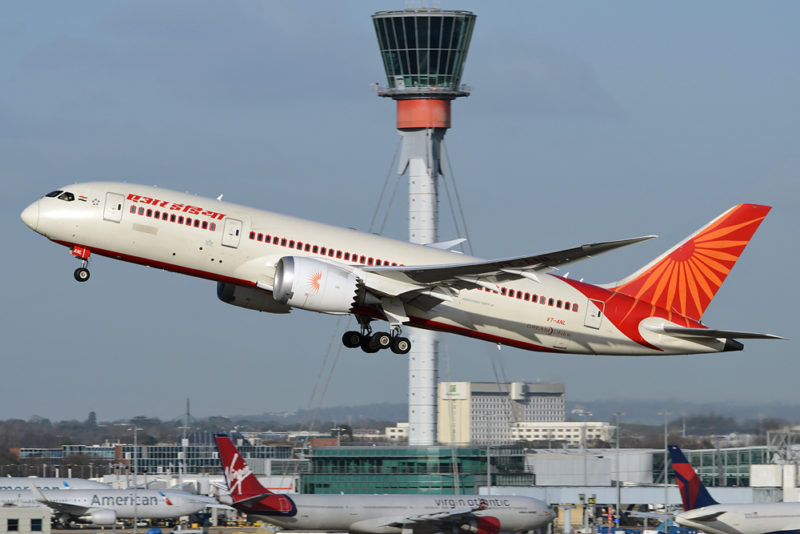
Future of the 787 Dreamliner
Although the past ten years had their ups and downs, the future is still promising. There are still over 600 787 planes on the backlog.
Since the Dreamliner fulfils much of today's demand, there hasn't been a need for modification. However, in the future we may see a cargo or upgraded variant. Since COVID has increased the demand for freighter aircraft, a cargo 787 might be a possibility. Airbus has also announced a cargo variant for their A350 widebody.
"The biggest risk to future 787 orders is new, more capable, single-aisle jets, particularly the A321 Neo," says Aboulafia.
Aircraft like the 787 were major factors for the demise of 747s and A380s; it seems smaller and more versatile narrowbodies like the A321neo, 737MAX and the new A321XLR could replace the Dreamliner.
What do you think the future holds for the Boeing 787 Dreamliner? Let us know in the comments below.


